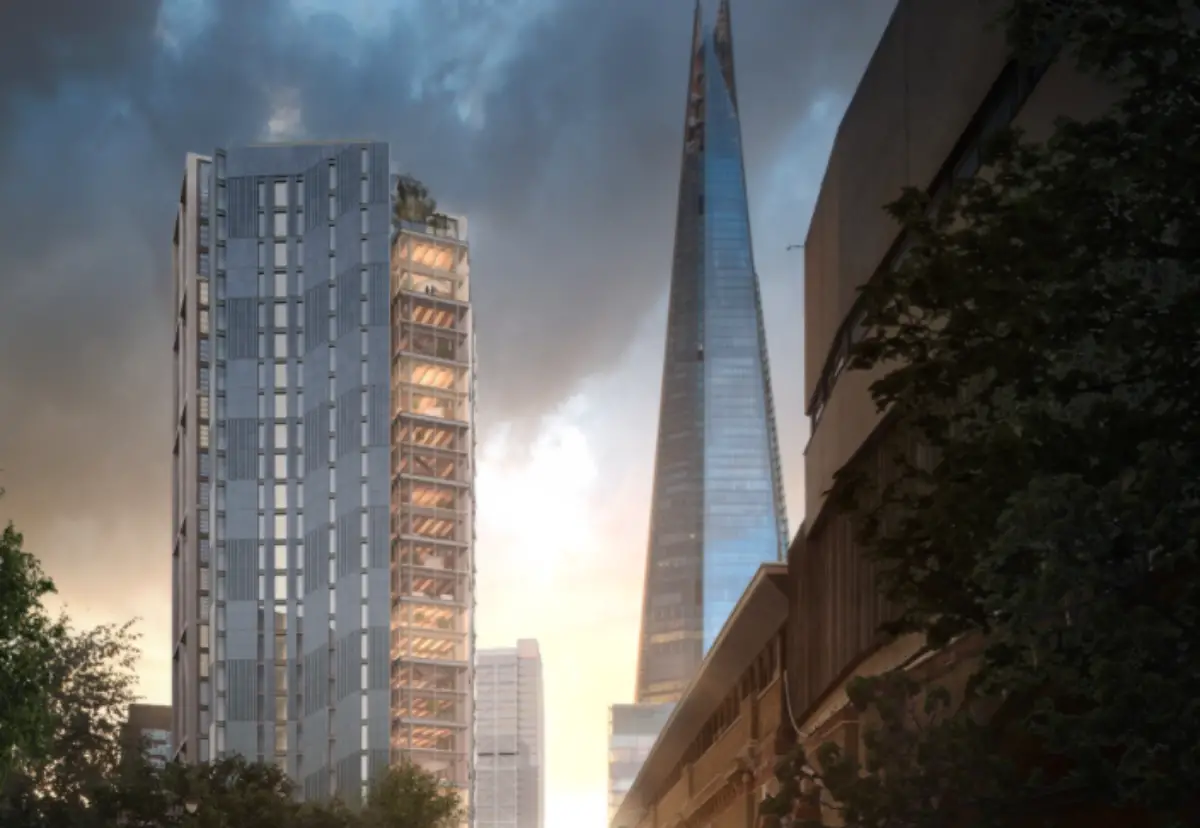Mace has been named the prime contractor for a 260,000-square-foot office building on London Bridge. The 28-storey tower is set to become London’s most sustainable office building. It will also include a large shared green roof terrace and an adjacent public park.
Glenigan, a data intelligence provider, values the project at £500 million. Edge, a Dutch developer, commissioned Mace to work on the St Thomas Street project. This is along with Goldman Sachs Asset Management and funding partners Local Pensions Partnership Investments and the London Fund.
The company has already completed two major projects in the London Bridge area. They include iconic Shard and Shard Place. Pilbrow & Partners designed the new development to take advantage of natural ventilation from the underfloor air intake. Furthermore, it will maximize natural light from floor-to-ceiling windows.
Read Also: Plans unveiled for Liverpool Street station project in London
The Edge London Bridge project
The development’s ambition “goes hand in hand” with the company’s own vision and purpose. This is according to Gareth Lewis, CEO of Construction at Mace. “This is an incredible opportunity to turn the dial on delivering a truly sustainable building. Thus, we are thrilled to be a part of it,” he said. “Mace has a proven track record of delivering in the London Bridge Quarter. Thus, we look forward to continuing to contribute to the revitalization of this vibrant neighborhood.”
Fons van Dorst, executive managing director of Edge UK, stated that the program would raise the bar for sustainability in London offices. “Edge London Bridge will be a city flagship project. Furthermore, it will set a new standard for sustainability in London offices,” he said. “At Edge, we are committed to reducing the carbon content of our designs. This is with the goal of being zero-carbon by 2050, as outlined in our roadmap. Thus, Mace‘s role as a contractor will allow us to complete this project more quickly.”
The project aims for both BREEAM Outstanding and WELL Platinum certification, with a regulated energy consumption of less than 23 kWh/m2. Finally, construction will begin in January 2023, with completion scheduled for the first quarter of 2026.

Leave a Reply